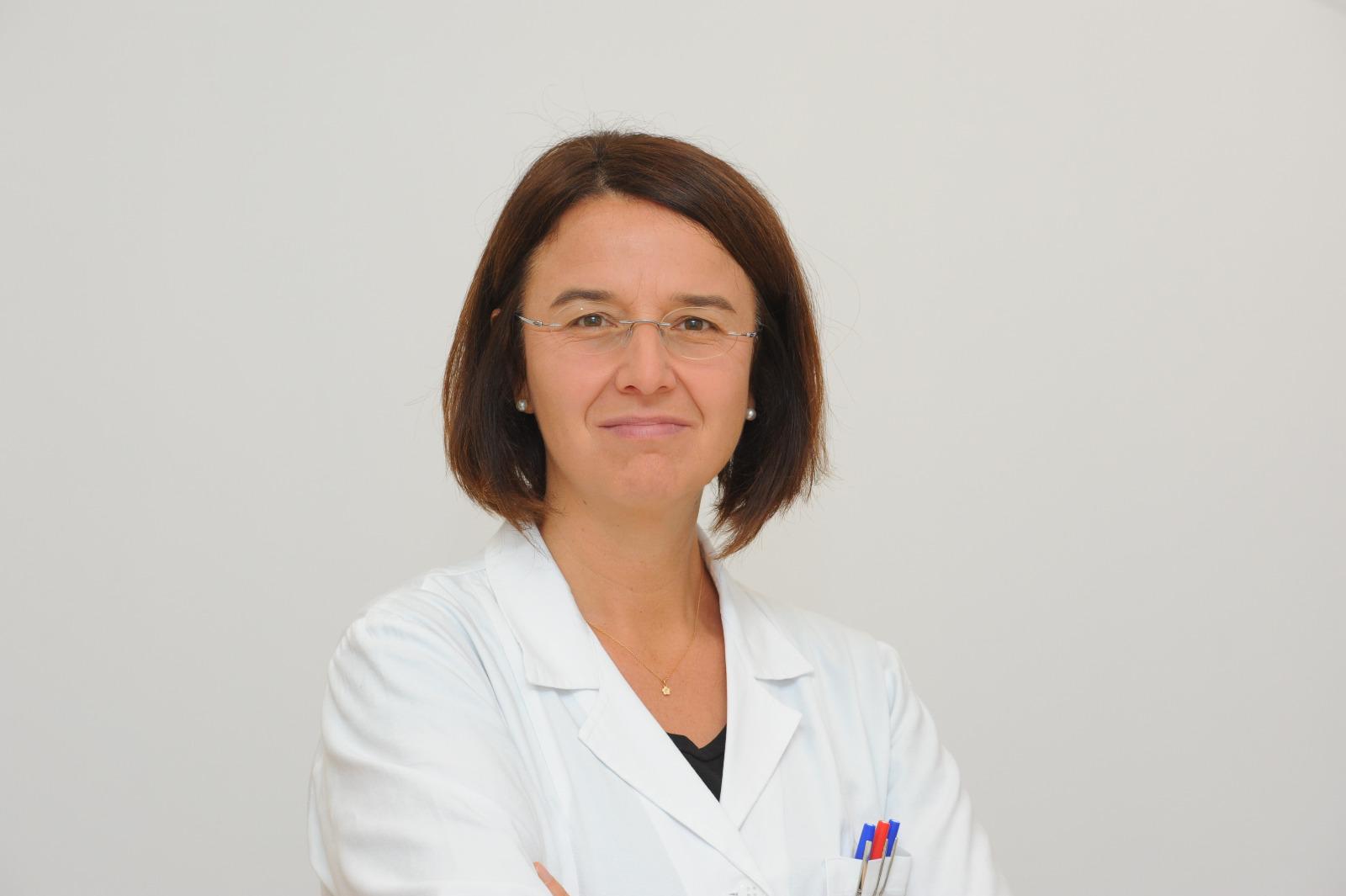MucopolysaCcharidosis type i, Tetty Anti Foundation and San Raffaele Telethon Institute: Predicting gene therapy reduces symptoms
The speed of intervention makes the difference.If this is expected, gene therapy for mucopolysaccharidosis type I is more effective.This is the key message from a study published by the Tettamanti Foundation and the Telethon San Raffaele Institute for Gene Therapy (SR-Tiget) in the scientific journal Molecular Therapy: methods and clinical development.
"This study confirms the importance of intervening as early as possible in this type of pathology, where toxic substances gradually accumulate," explains Maria Esther Bernardo, clinical coordinator of the pediatric clinical research unit at SR-Tiget.For this reason, she reiterates the importance of newborn testing: "a public health tool that allows the detection of any toxic metabolites that are present starting with a simple blood sample taken from the heel during the first 72 hours of life."
But for mucopolysaccharidosis type I, this test is currently only available in some Italian regions (Abruzzo, Basilicata, Friuli-Venezia Giulia, Puglia, Tuscany, Veneto, Uniamo MonitorRare report).
The obtained data, although still preclinical, emphasize the crucial importance of early intervention.Gene therapy at birth, before symptoms appear, dramatically reduces damage and improves the condition of the brain and skeletal system.
What is mucopolysaccharidosis type I?
Mucopolysaccharidosis type I is a rare, multisystemic, progressive disease caused by a defect in the IDUA gene, which inhibits the production of the alpha-L-iduronidase enzyme.Without this enzyme, toxic substances (glycosaminoglycans or GAGs) gradually accumulate in organs and tissues, gradually damaging the heart, brain and other organs... Severe skeletal deformities and psychomotor retardation are characteristic of the most severe form, Hurler syndrome.
Patients affected by this are usually born (1/100,000) without symptoms, because the organic damage of the disease is caused by the progressive accumulation of substances that are normally discarded.And so the disease usually starts around 6-8 months.
A therapy that corrects the defect
The gene therapy developed by the telecon SR-TIGET Institute, currently in late-stage clinical trials around the world (and discussed the genesion of the genesions of the genesions of the genesions of the genesions of the genesions of the genesions of the genesions of the genular scavenger function ofΑ-L-Iduronidase.
In the study, the research team evaluated the effect of the first administration already present in the neonatal period, on the animal model of the disease.
Particularly promising results were observed at the level of the brain and skeleton.The experimental models showed improvements in skeletal changes, notoriously difficult to treat with traditional therapies, and positive signals in the heart, with reductions in inflammation and neurological damage.
That urgency of change
The key to success is timing: patients are usually born without symptoms, because the damage begins with the gradual accumulation of toxins.Intervention at this critical time, before it accumulates, is essential to improve the quality of life of children and their families.
Marta Serafini (in the photo), head of the research unit "Stem cells and immunotherapy" of the Tetamanti Foundation and professor at the Department of Medicine and Surgery of the University of Milan Bicocca, therefore reiterates the importance of timeliness: "immediate intervention, preventing this accumulation, leads to minimizing the damage".And he adds, "this study represents an important step forward in research for more effective and earlier treatment of mucopolysaccharidosis type I" and reinforces the need to expand neonatal screening.
And although "it is still research done in the laboratory, it nevertheless represents an innovative approach that offers great prospects for the future," he said.
Since our son was diagnosed with MPS Type 2 (or Hunter Syndrome) over three years ago, I have been struggling to educate people about the importance of full DNA testing, not only from a diagnostic perspective, but also as a basic form of prevention for one's health (especially in matters such as diet, pharmacology, and physical activity).and their children.And in our case, we could have helped our son a lot if we had been informed, and especially if we had been educated about the importance of things.
We (the childhood only the learning the learning) the Girapy Greath with the oak on the other side.So I hope I can help them full time.







